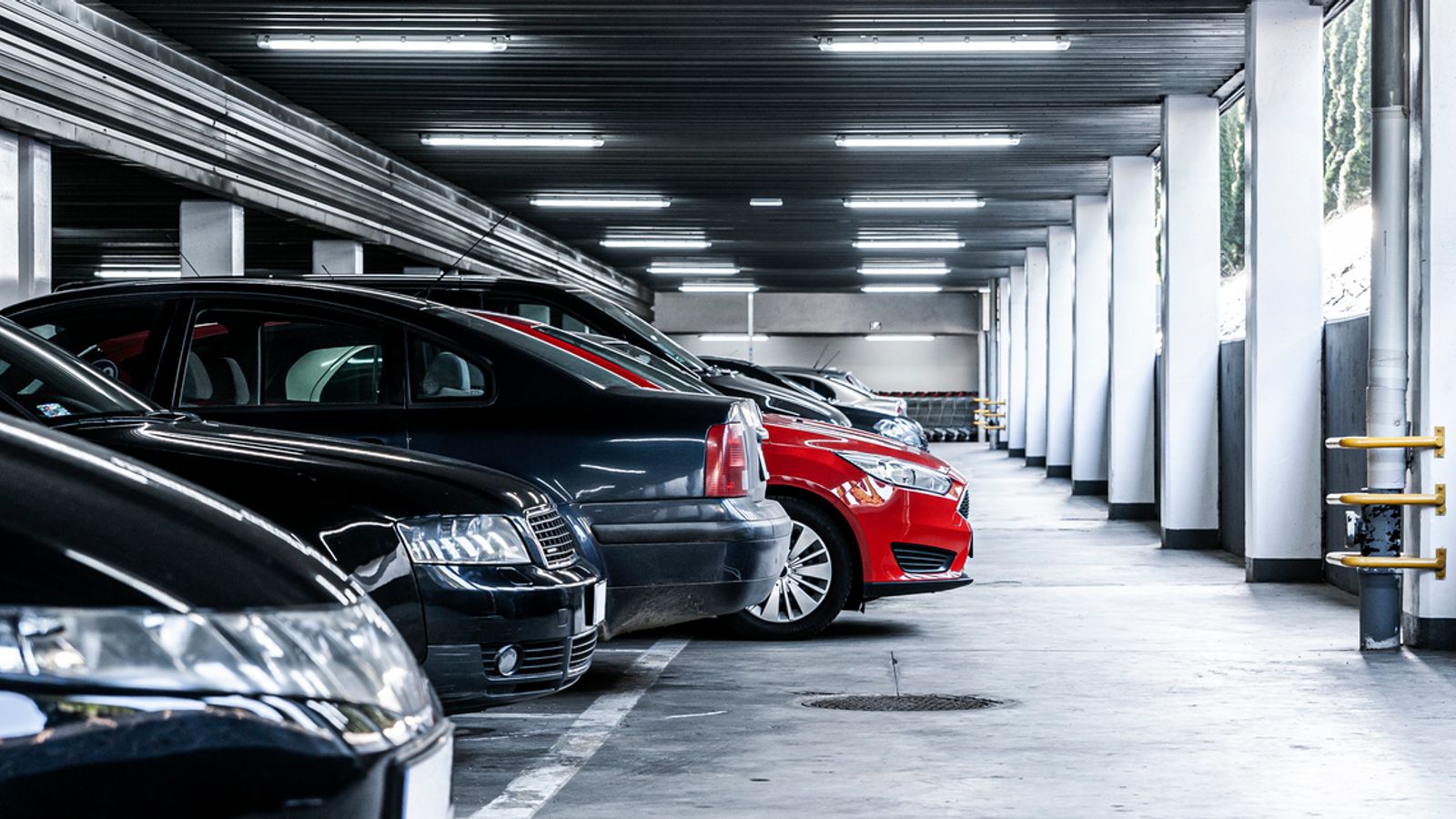Drivers are having trouble getting in and out of their cars because vehicles have become wider but parking spaces haven’t grown, according to research.
Most spaces in car parks are still based on guidelines from the 1970s, but analysis of 10 popular family motors shows they’ve crept up in size.
Churchill Motor Insurance said their average width had increased from 168cm to 180cm.
The British Parking Association recommends a 240cm-wide space – in theory leaving just 30cm (1ft) on each side.
That could be especially tricky if the car next door isn’t in the centre of their own space.
A Ford Fiesta, for example, was 155cm when first launched in 1976 but has grown to 174cm wide.
Another UK favourite, the Vauxhall Corsa, has grown 24cm to 177cm.
Target Towns: Inside Grimsby’s community housing revolution
‘Forever chemicals’ found in more than half of food and drink samples, testing shows
Money blog: Spain to scrap ‘golden visa’ scheme in blow to British expats
Even more modern vehicles such as the Nissan Qashqai, released in 2007, have grown – from 178cm to 184cm.
Churchill estimates damage caused by struggling with parking bays and hitting a wall, another vehicle or a bollard costs UK drivers £424m every year.
Two in five of the 2,000 people surveyed said they had struggled getting in or out their car when parked up at least once a month.
Some 22% had even been forced to clamber through the boot at least once, according to the survey.
A third (32%) said they owned a bigger car than five years ago.
Common reasons were wanting more comfort, needing space for work or leisure gear, or just because they liked the design of a larger vehicle.
Read more from Sky News:
Post Office hero to give evidence as inquiry resumes
Long COVID ‘leaves distinctive signs in blood’
Keep up with all the latest news from the UK and around the world by following Sky News
“Widening cars combined with parking bays that haven’t been redesigned to accommodate today’s models means motorists all over the country are at risk of damaging their cars, through no fault of their own,” said Churchill boss Nicholas Mantel.
The RAC said a common reason for cars becoming wider was the introduction of side impact protection technology.
“Operators are faced with the dilemma of having to repaint spaces to accommodate these larger vehicles, which is especially difficult at some older multi-storey car parks where space is already restricted,” said RAC head of policy Simon Williams.
“Unfortunately, this would lead to an overall reduction in the total number of spaces available and an inevitable increase in charges to compensate for the loss of revenue.”
Mr Williams said the problem of tighter spaces was especially frustrating for wheelchair users or people with mobility issues.






















